From the smallest wildflower to the grandest garden bloom, there is something truly magical about flowers. And when it comes to the letter S, there are countless incredible blooms to explore, each with its own unique beauty and symbolism.
Whether you are a lover of flowers or simply curious about the natural world, this journey through the world of flowers that start with S is sure to inspire, delight, and captivate you.
From the stunning sunflowers that symbolize joy and happiness to the sophisticated snapdragons that represent grace and strength, these flowers offer us a powerful window into the incredible diversity and wonder of the natural world.
So let us explore together and discover the many wonders that these flowers have to offer, from their fascinating histories and cultural significance to the many powerful meanings and messages that they convey.
Keep Reading:
- Flowers That Start With N
- Flowers That Start With O
- Flowers That Start With P
- Flowers That Start With Q
- Flowers That Start With R
List Of Flowers That Start With S
1. St. John’s Wort Plant

St. John’s Wort (Hypericum perforatum) is a beautiful flowering plant that has been used for centuries for its medicinal properties.
Native to Europe, it is now commonly found in many parts of the world, including North America, where it is often grown as an ornamental plant.
The plant has bright yellow, star-shaped flowers that bloom in the summer. The flowers contain a chemical compound called hypericin, which is believed to increase the levels of serotonin in the brain, helping to elevate mood and reduce anxiety.
St. John’s Wort has also been used to treat other ailments such as nerve pain, insomnia, and skin conditions.
As with any herbal supplement, it is important to consult a healthcare professional before use.
2. Spiny Lilac Flower Cactus
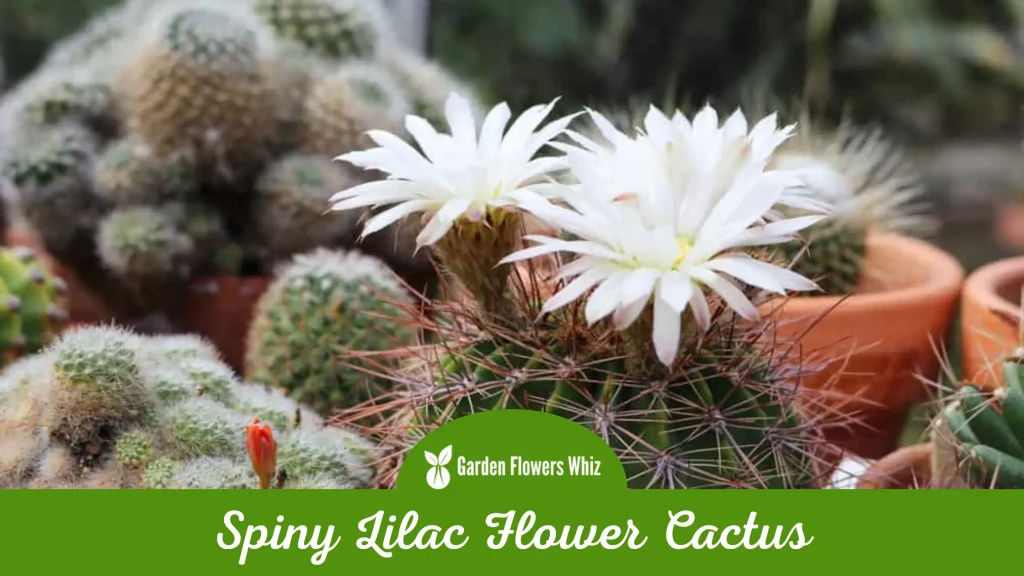
The Spiny Lilac Flower Cactus, also known as the Echinocereus viridiflorus, is a stunning cactus species that is native to the southwestern United States and northern Mexico.
This cactus can grow up to six inches in height and produces vibrant, lilac-colored flowers that bloom in the late spring and early summer.
The flowers are bell-shaped and can grow up to three inches wide. The Spiny Lilac Flower Cactus is known for its sharp, spiny exterior, which serves as a natural defense mechanism against predators.
This cactus is a popular ornamental plant and is often grown in rock gardens or other dry, sunny locations. It requires minimal watering and thrives in hot, dry climates.
The Spiny Lilac Flower Cactus is a hardy and low-maintenance plant that can add a unique and eye-catching element to any landscape.
While it may seem intimidating due to its sharp spines, it is a beloved species among cactus enthusiasts and can be appreciated for its beauty and resilience.
3. Spiked Speedwell
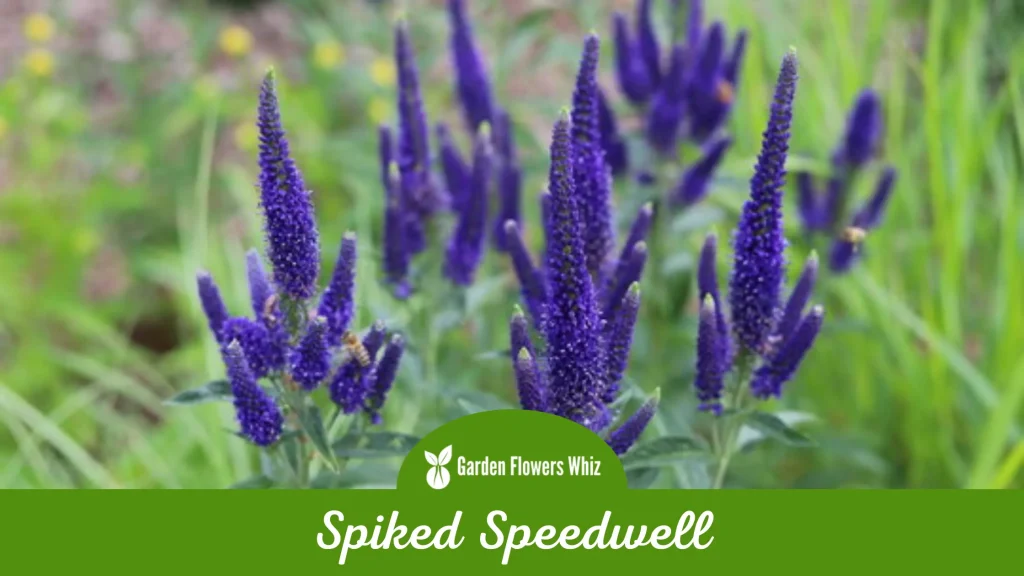
Spiked Speedwell, or Veronica spicata, is a flowering plant native to Europe and Asia. It is a member of the plantain family and is characterized by its upright growth habit, with spikes of small blue or purple flowers.
Spiked Speedwell typically blooms in the summer months, attracting bees and butterflies to its nectar-rich flowers. This plant is known for its hardiness and ability to thrive in a variety of soil types and growing conditions, making it a popular choice for gardeners and landscapers.
It is often grown in rock gardens, borders, and mixed flower beds and is prized for its long-lasting blooms and attractive foliage. Spiked Speedwell is also drought-tolerant and low-maintenance, making it an ideal plant for those with busy schedules.
It contains several bioactive compounds that are believed to have anti-inflammatory and antimicrobial properties.
4. Spider Lily
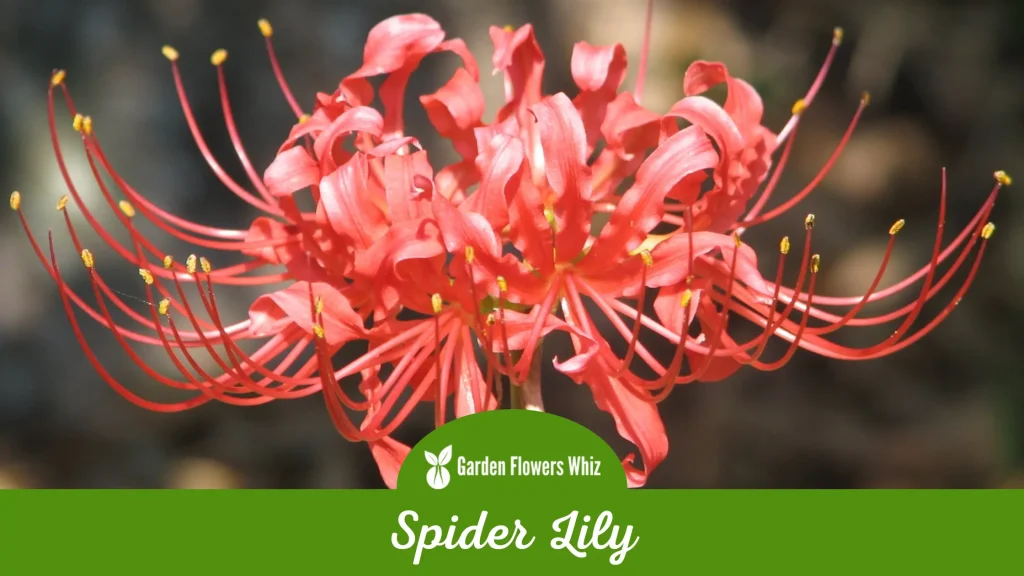
Spider Lily, or Hymenocallis, is a stunning flowering plant that belongs to the Amaryllis family. Native to the Americas and the West Indies, it is known for its striking appearance and sweet fragrance.
The flowers of the Spider Lily are large and white, with long, narrow petals that give them a spider-like appearance. They typically bloom in the late spring or summer and can last for several weeks.
Spider Lilies are often grown as ornamental plants in gardens and can be found in a variety of colors, including yellow, orange, and pink.
They require full sunlight and well-drained soil and are hardy and low-maintenance once established. Spider Lilies are also deer-resistant, making them a popular choice for gardens located in areas with high deer populations.
5. Spider Flower
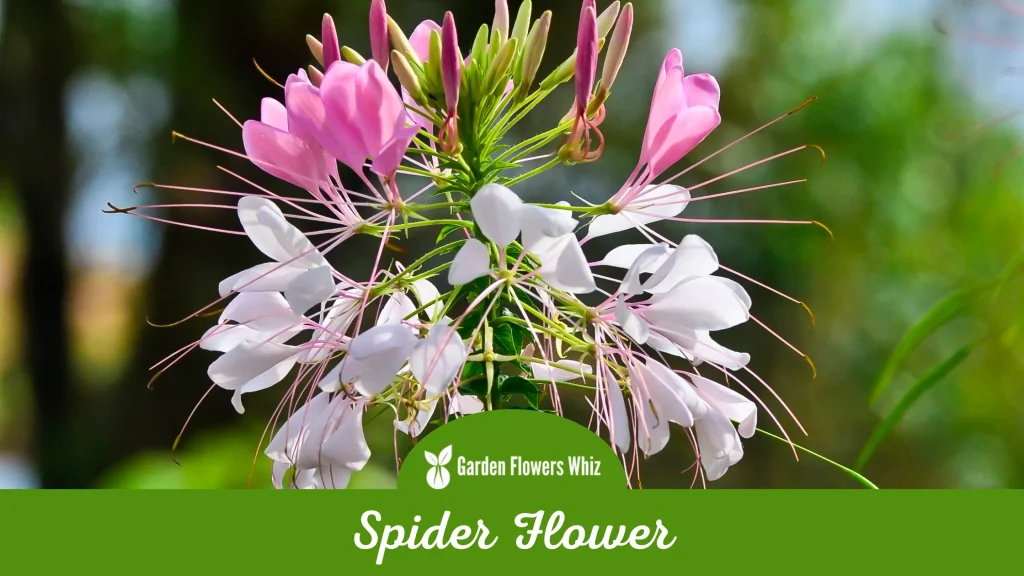
The Spider Flower, or Cleome spinosa, is a unique and fascinating flowering plant that is native to South America. It is a member of the Capparaceae family and is characterized by its distinctive long, spidery stamens, which give the flower its name.
Spider Flowers bloom in the summer months, producing showy clusters of pink, purple, or white flowers that can reach up to four feet tall.
Spider Flowers are popular ornamental plants and are often used in gardens and landscaping for their height, bold colors, and unique appearance.
They are also a favorite among pollinators, attracting butterflies, bees, and hummingbirds with their nectar-rich flowers. Spider Flowers are easy to grow and require full sunlight and well-drained soil.
6. Southern Blue Flag
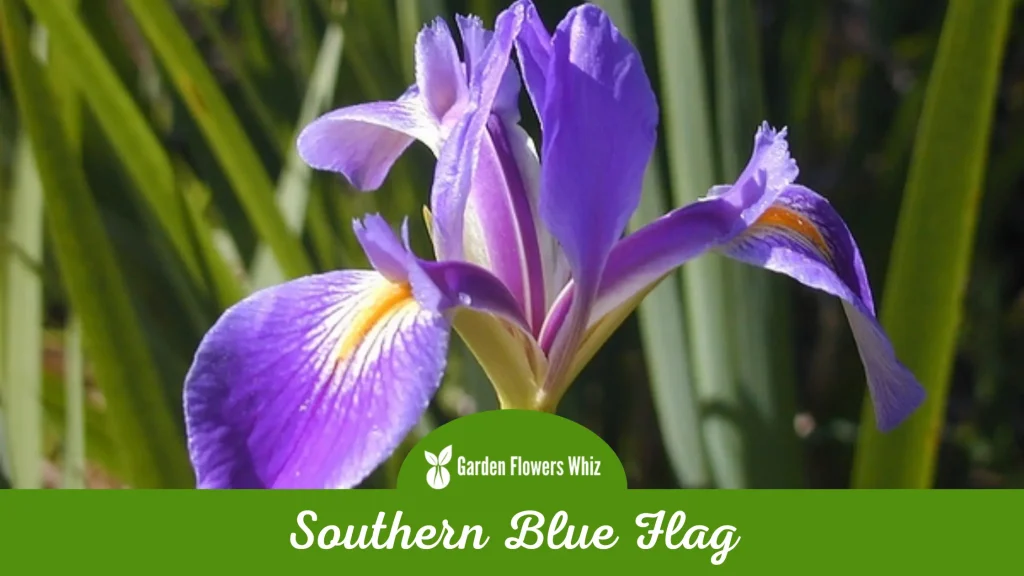
The Southern Blue Flag, or Iris virginica, is a stunning flowering plant that is native to wetland areas of the southeastern United States. It is a member of the Iris family and is characterized by its striking blue-violet flowers that bloom in late spring or early summer.
The flowers are large and showy, with three petals and three sepals that are arranged in a distinctive fan shape. Southern Blue Flag is a popular ornamental plant that is often grown in water gardens, ponds, or along stream banks.
It requires full sun to partial shade and moist soil and can tolerate periods of standing water. The plant also has significant ecological value, providing habitat and food for a variety of wetland wildlife, including birds, butterflies, and insects.
7. Society Garlic
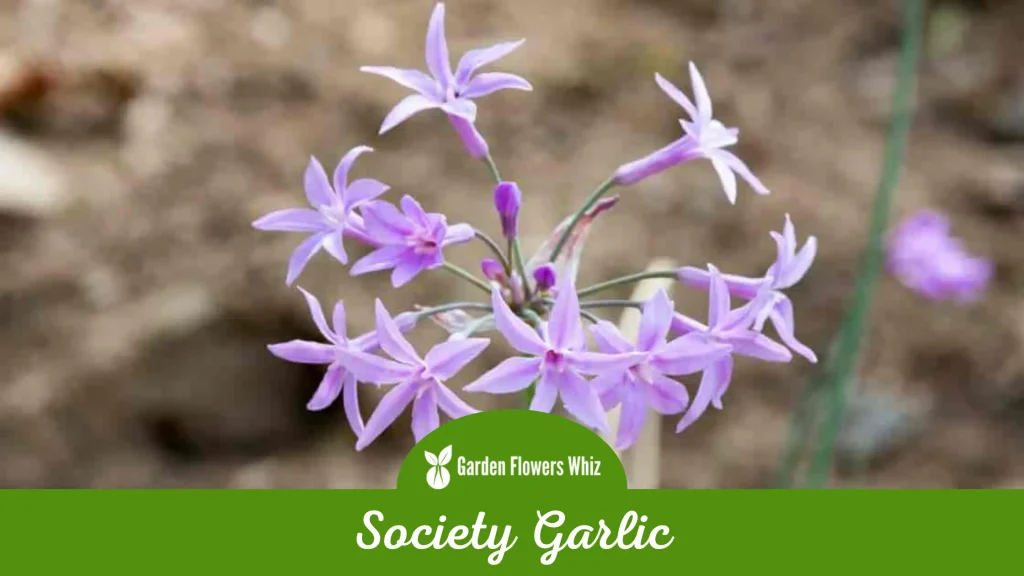
Society Garlic, or Tulbaghia violacea, is a small, clumping perennial herb native to South Africa. It is a member of the Alliaceae family and is characterized by its narrow, grass-like leaves and delicate clusters of lavender-pink flowers that bloom in the summer months.
The flowers have a subtle garlic scent, hence the common name. It is also a low-maintenance plant, requiring only moderate watering and full sun to partial shade.
8. Snowball Cactus
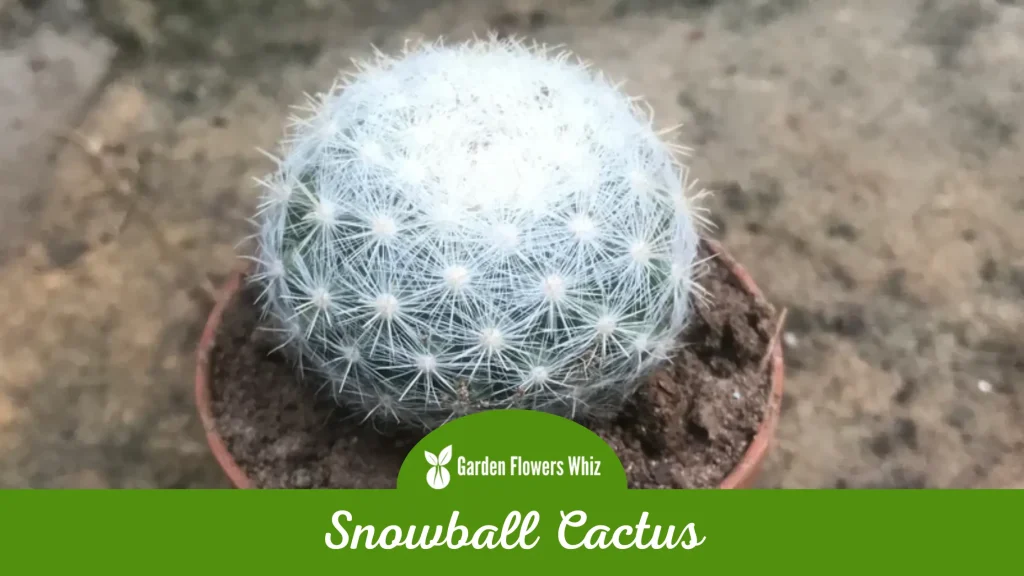
The Snowball Cactus, or Mammillaria plumosa, is a small, globular cactus native to central and northern Mexico. It is a member of the Cactaceae family and is characterized by its fuzzy, snowball-like appearance, which is due to the dense covering of white, hair-like spines that cover its spherical body.
The cactus blooms in the spring and summer, producing small, white, or yellow flowers that emerge from the top of the plant.
Snowball Cacti are popular ornamental plants and are often grown in cactus gardens, rock gardens, or as potted plants. They require full sun to partial shade and well-drained soil and are relatively easy to care for.
9. Siberian Larkspur

The Siberian Larkspur, or Delphinium grandiflorum, is a beautiful and hardy perennial flower that is native to the northern regions of Europe and Asia.
It is a member of the Ranunculaceae family and is characterized by its tall, slender stems and showy spikes of bright blue, pink, or white flowers that bloom in the early summer months.
Siberian Larkspur is a popular ornamental plant that is often grown in gardens and landscaping for its stunning flowers and attractive foliage.
It requires full sun to partial shade and well-drained soil and is relatively low-maintenance.
10. Siberian Iris
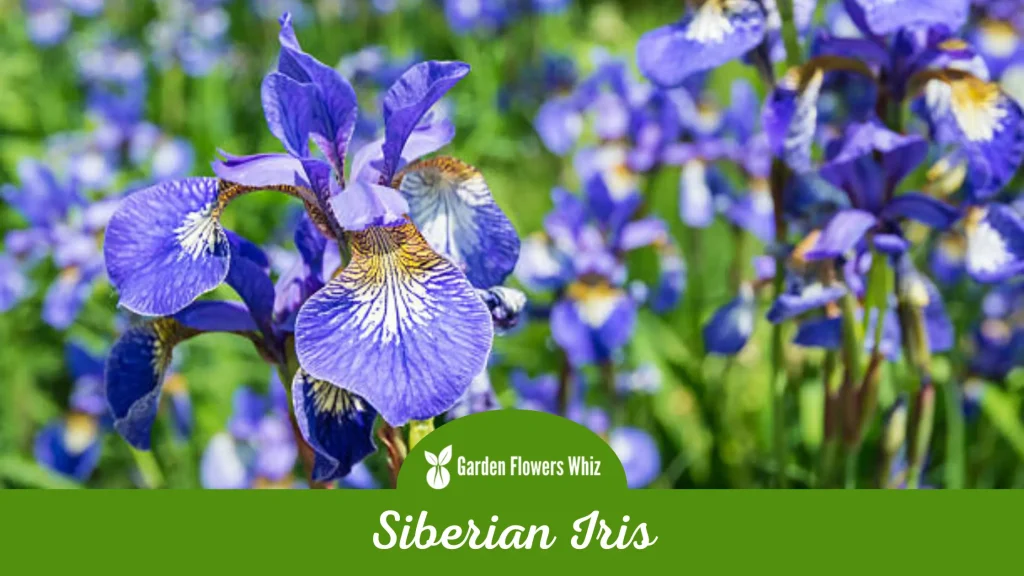
The Siberian Iris, or Iris sibirica, is a beautiful and elegant flowering plant that is native to the northern regions of Europe and Asia. It is a member of the Iridaceae family and is characterized by its tall, slender stems and delicate, orchid-like flowers that bloom in the late spring and early summer months.
Siberian Iris is a popular ornamental plant that is often grown in gardens and landscaping for its stunning flowers and attractive foliage. It requires full sun to partial shade and moist, well-drained soil and is relatively low-maintenance.
11. Siberian Bugloss

Siberian Bugloss, also known as Brunnera macrophylla, is a beautiful and popular flowering plant that is native to the forests and meadows of Siberia and other regions of Eastern Europe.
This plant is prized for its striking, heart-shaped leaves that are green with silver or white patterns, which create a shimmering effect in the sunlight.
In the spring, Siberian Bugloss produces clusters of small, delicate blue, pink, or white flowers that bloom on tall, slender stalks, adding a touch of color to any garden.
Siberian Bugloss is a hardy, easy-to-grow plant that prefers partial to full shade and well-draining, moist soil. It is commonly used as a ground cover, border, or accent plant and also makes an excellent addition to woodland gardens, rock gardens, or containers.
In addition to its aesthetic appeal, Siberian Bugloss is also valued for its ability to attract bees and other pollinators to the garden.
12. Showy Stonecrop
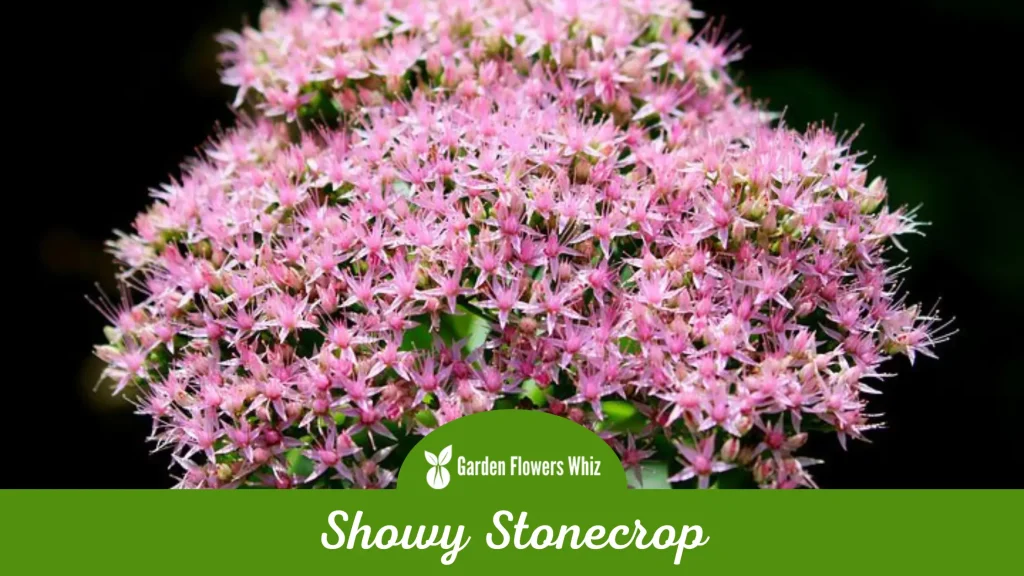
Showy Stonecrop, also known as Sedum spectabile or Hylotelephium spectabile, is a stunning flowering plant that is native to China and Korea but has since been introduced to gardens around the world.
This plant is highly valued for its long-lasting, star-shaped flowers that bloom in late summer and fall and are typically pink or magenta in color.
The flowers are held on tall, sturdy stems that rise above the succulent, blue-green foliage, creating a striking contrast. Showy Stonecrop is a hardy, drought-tolerant plant that prefers full sun and well-draining soil.
It is commonly used in rock gardens, borders, and containers, as well as in naturalized areas and as a ground cover. Showy Stonecrop is also attractive to butterflies and bees, making it a great addition to pollinator gardens.
This plant is easy to care for, and its compact growth habit makes it a good choice for smaller gardens or for those who are new to gardening.
13. Shining Blue Star
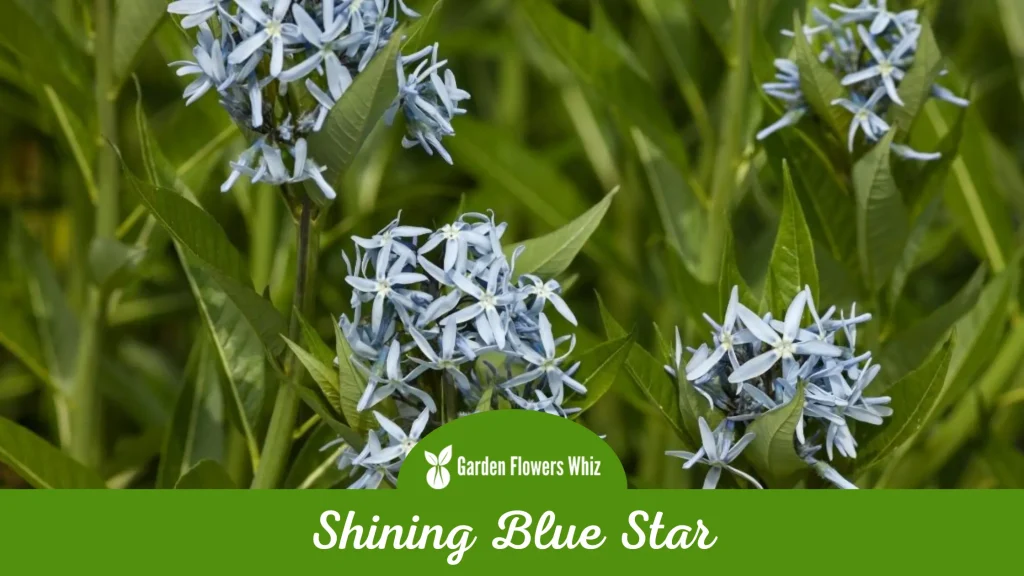
Shining Blue Star, also known as Amsonia illustris, is a beautiful and unique flowering plant that is native to the southeastern United States. This plant is prized for its attractive foliage and clusters of star-shaped, blue flowers that bloom in the late spring and early summer, creating a striking display in the garden.
Shining Blue Star is a hardy, low-maintenance plant that prefers full sun to partial shade and well-draining soil. It is commonly used in borders, rock gardens, and naturalized areas and also makes an excellent addition to pollinator gardens, as it is attractive to bees and butterflies.
Shining Blue Star is also highly valued for its ornamental value, as the foliage turns a beautiful golden yellow color in the fall, adding interest to the garden throughout the year.
This plant is easy to care for, and its compact growth habit makes it a great choice for smaller gardens or for those who are new to gardening.
14. Seven Stars
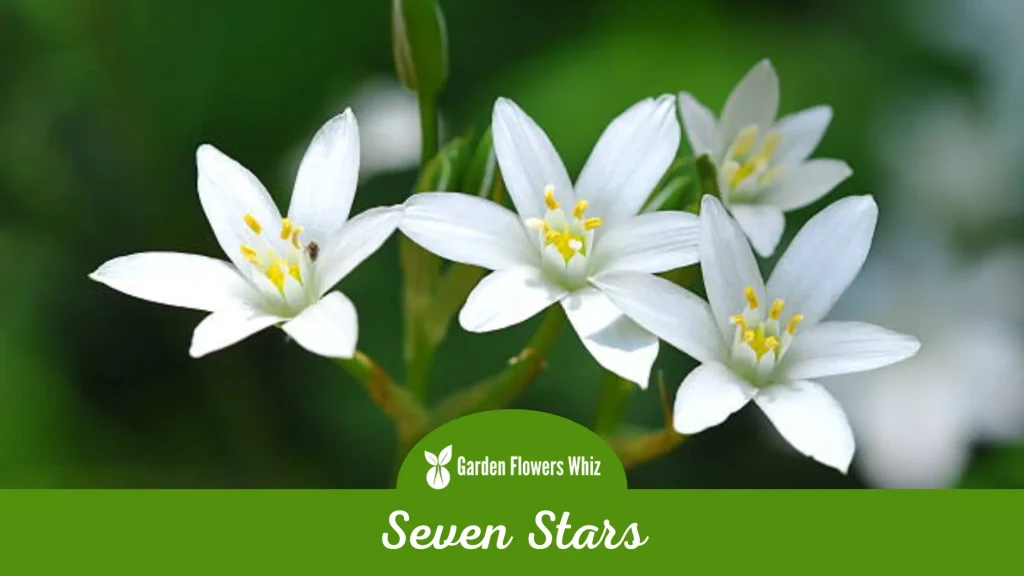
Seven Stars, also known as Heptacodium miconioides, is a beautiful and unique flowering plant that is native to China. This plant is prized for its attractive, fragrant, white flowers that bloom in late summer and early fall and its stunning display of crimson calyxes that remain on the plant long after the flowers have faded.
Seven Stars is a hardy, easy-to-grow plant that prefers full sun to partial shade and well-draining soil. It is commonly used as a specimen plant or in mixed borders and also makes an excellent addition to naturalized areas or woodland gardens.
Seven Stars is also attractive to pollinators such as bees and butterflies, making it a great choice for pollinator gardens. This plant is relatively low maintenance, and its beautiful foliage and interesting bark make it an attractive feature in the garden even when it is not in bloom.
15. Serbian Bellflower
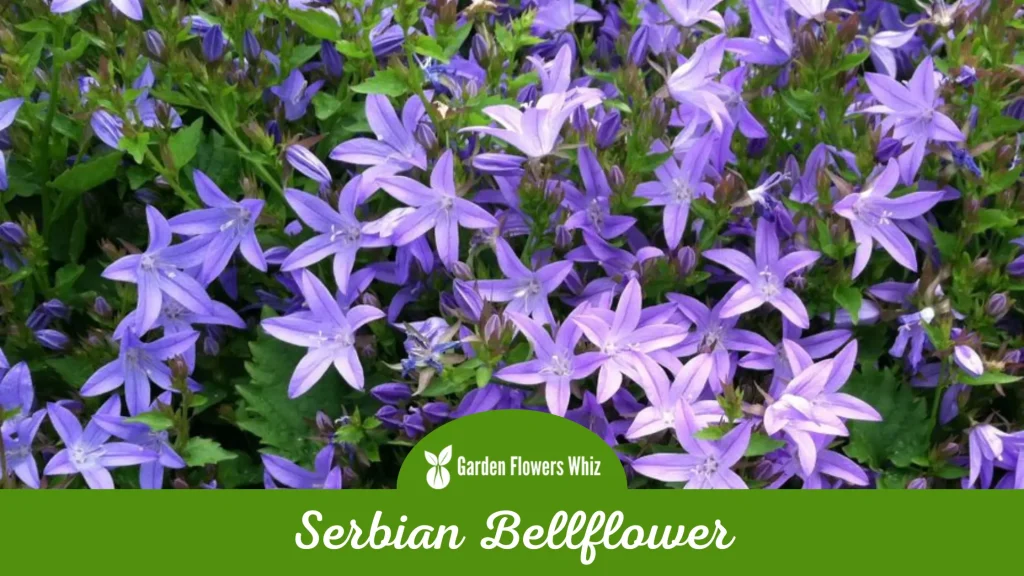
Serbian Bellflower, also known as Campanula poscharskyana, is a beautiful and versatile flowering plant that is native to the mountains of the Balkans.
This plant is prized for its charming, bell-shaped blue or purple flowers that bloom profusely in the summer and early fall and its spreading growth habit that creates a stunning carpet of color.
Serbian Bellflower is a hardy, low-maintenance plant that prefers full sun to partial shade and well-draining soil. It is commonly used as a ground cover, border, or edging plant and also makes an excellent addition to rock gardens or containers.
Serbian Bellflower is also attractive to bees and other pollinators, making it a great choice for pollinator gardens. This plant is easy to care for and requires little maintenance, making it an ideal choice for busy gardeners or those who are new to gardening.
16. Scotts Clematis
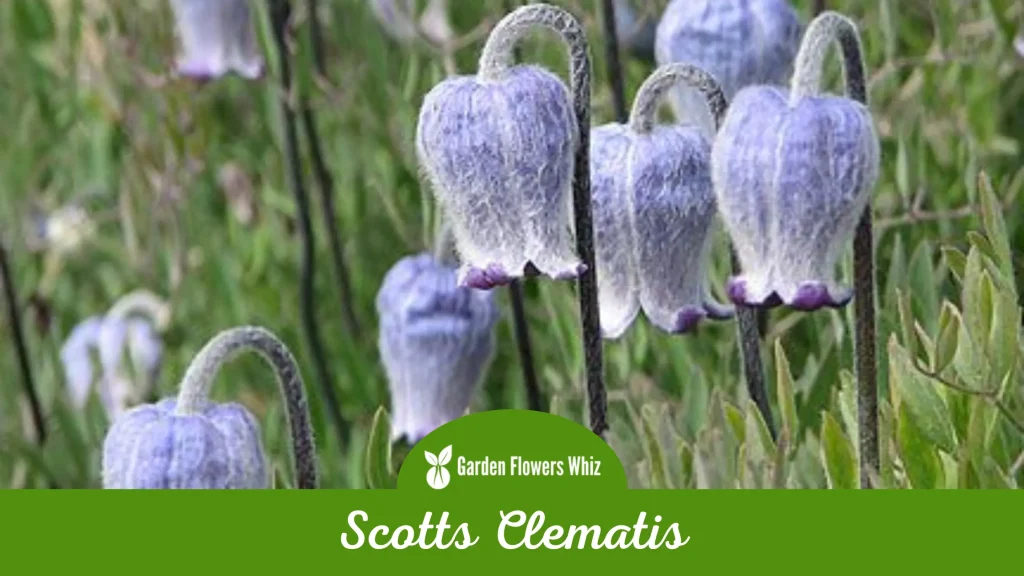
Scotts Clematis, also known as Clematis scottii, is a beautiful and rare flowering vine that is native to the western United States. This plant is prized for its delicate, bell-shaped flowers that bloom in the summer and early fall and its attractive foliage that creates a stunning backdrop for the flowers.
Scotts Clematis is a hardy, drought-tolerant plant that prefers full sun to partial shade and well-draining soil. It is commonly used as a climbing vine on trellises, walls, and fences and also makes an excellent addition to cottage gardens or naturalized areas.
Scotts Clematis is also attractive to bees and butterflies, making it a great choice for pollinator gardens. This plant requires some maintenance, as it needs to be pruned regularly to encourage vigorous growth and promote abundant flowering.
17. Scarlet Rose Mallow
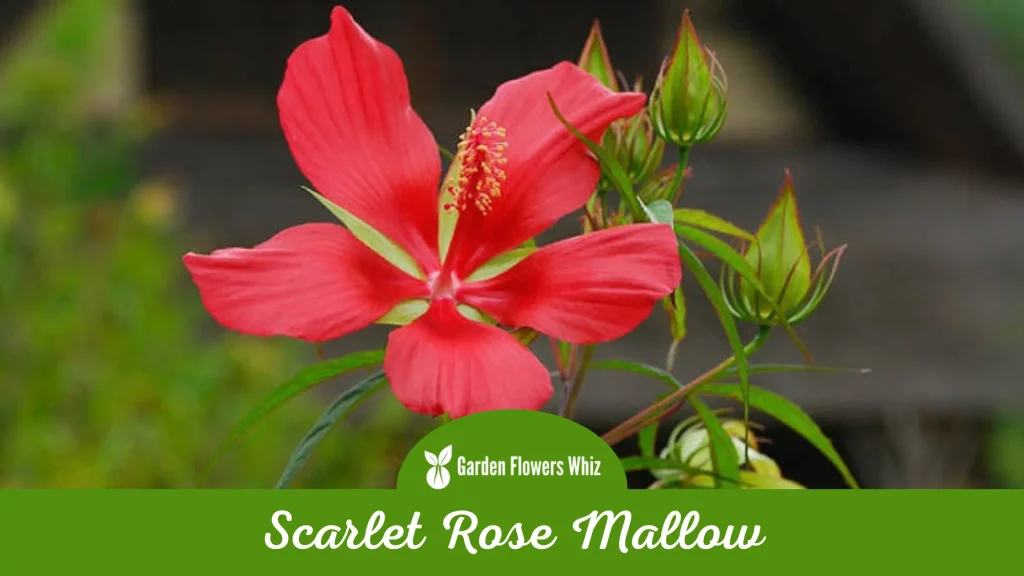
Scarlet Rose Mallow, also known as Hibiscus coccineus, is a stunning and dramatic flowering plant that is native to the southeastern United States.
This plant is prized for its large, scarlet-red flowers that bloom in the summer and early fall and its striking foliage that creates a bold statement in the garden.
Scarlet Rose Mallow is a hardy, low-maintenance plant that prefers full sun to partial shade and moist, well-draining soil. It is commonly used in borders, naturalized areas, and water gardens and also makes an excellent addition to pollinator gardens, as it is attractive to bees and hummingbirds.
This plant is easy to care for, but it does require some maintenance, as it needs to be cut back in the fall to encourage vigorous growth and promote abundant flowering in the following year.
18. Syringa
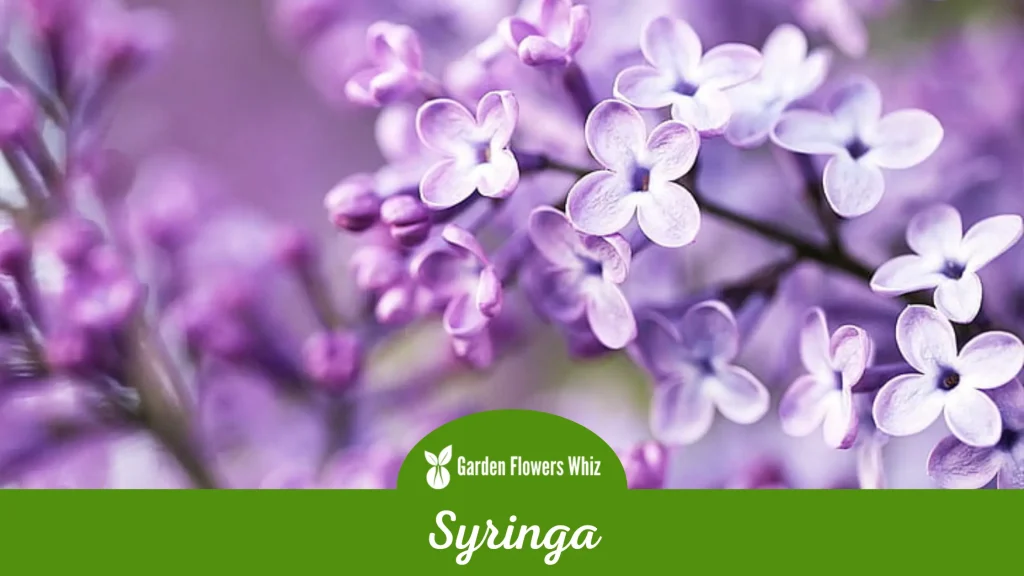
Syringa, also known as lilac, is a beautiful and fragrant flowering shrub that is native to southeastern Europe and eastern Asia.
This plant is prized for its stunning clusters of delicate, fragrant flowers that bloom in the spring and early summer and its attractive foliage that provides year-round interest in the garden.
Syringa is a hardy, low-maintenance plant that prefers full sun to partial shade and well-draining soil. It is commonly used as a specimen plant, border, or hedge, and also makes an excellent addition to cottage gardens or naturalized areas.
Syringa is also attractive to bees and butterflies, making it a great choice for pollinator gardens. This plant is relatively easy to care for, but it does require some maintenance, as it needs to be pruned regularly to encourage vigorous growth and promote abundant flowering.
19. Sorrel
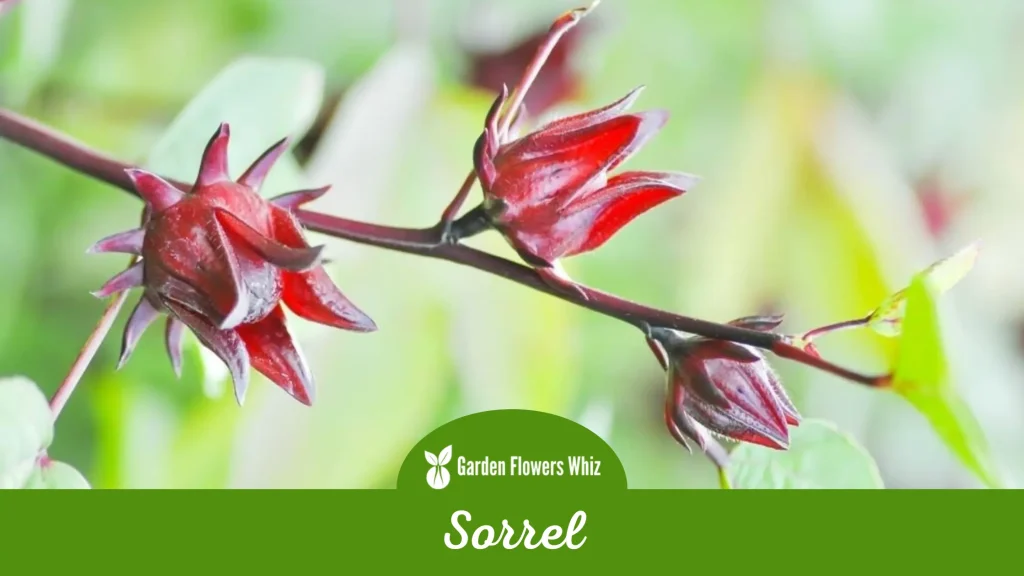
Sorrel, also known as Rumex acetosa, is a unique and versatile herb that is grown for its tangy and lemony flavored leaves.
Sorrel is a hardy, low-maintenance plant that prefers full sun to partial shade and well-draining soil. It is commonly used in herb gardens or as an edible ground cover.
Sorrel is also high in vitamin C and other nutrients, making it a great addition to a healthy diet. This plant is relatively easy to care for, but it does require regular watering and fertilization to promote vigorous growth and maintain the quality of the leaves.
With its tangy flavor and high nutritional value, Sorrel is a must-have for any herb enthusiast looking to add some unique and tasty flavors to their culinary creations.
20. Solomon’s Seal
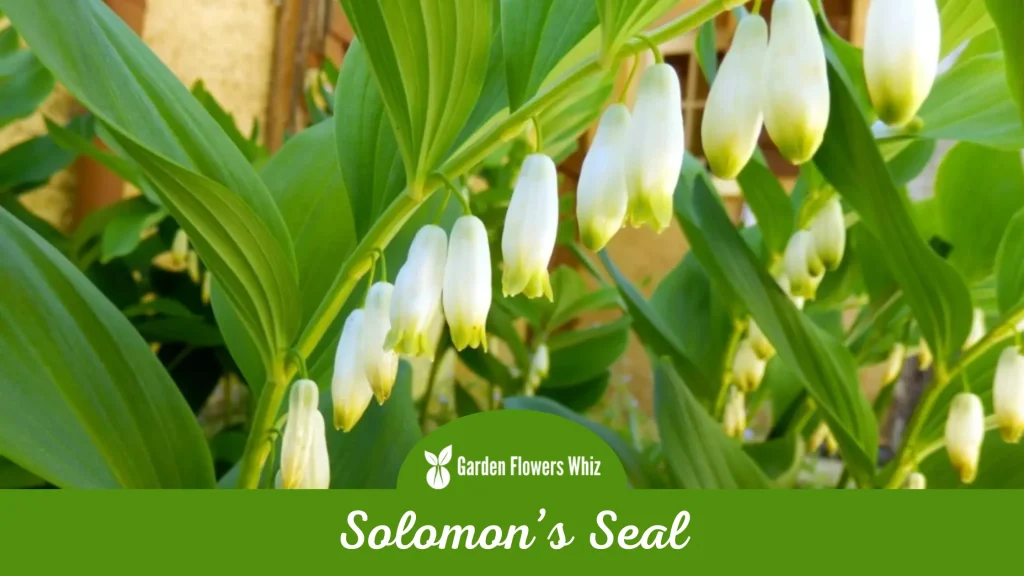
Solomon’s Seal, also known as Polygonatum, is a graceful and elegant woodland plant that is native to Europe and Asia. This plant is prized for its delicate, bell-shaped flowers that hang from arching stems in the spring and early summer and its attractive foliage that creates a beautiful backdrop for the flowers.
Solomon’s Seal is a hardy, low-maintenance plant that prefers partial to full shade and well-draining soil. It is commonly used in shaded borders, woodland gardens, and naturalized areas. Solomon’s Seal is also attractive to bees and butterflies, making it a great choice for pollinator gardens.
This plant is relatively easy to care for, but it does require some maintenance, as it needs to be divided every few years to prevent overcrowding and promote vigorous growth.
21. Solanum
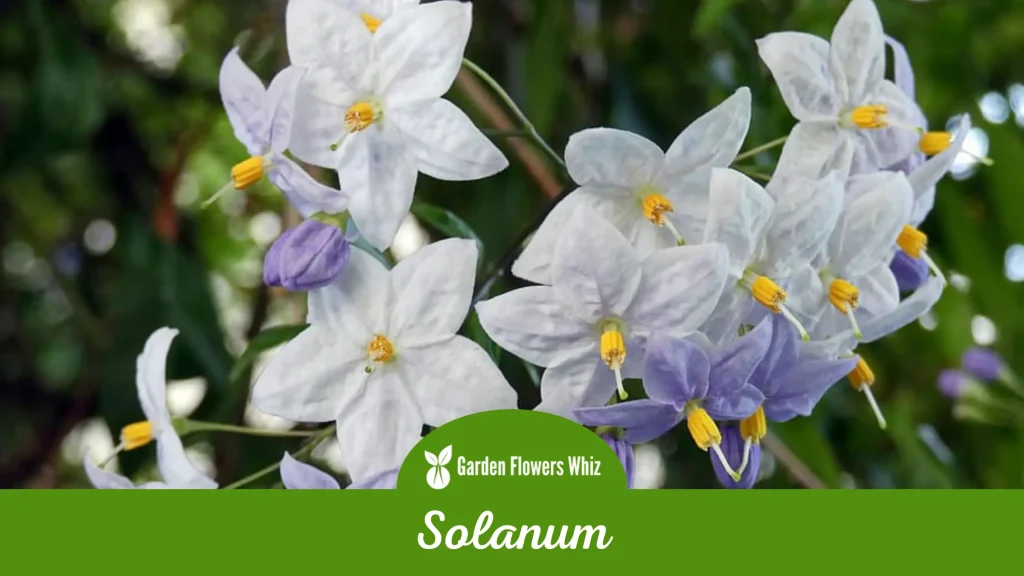
Solanum, commonly known as nightshade, is a genus of plants that includes a variety of flowering and fruiting plants, many of which are grown for their ornamental and culinary uses.
This plant is prized for its beautiful and colorful flowers, as well as its edible fruits and leaves. Solanum is a diverse group of plants that can range from annuals to perennials and from small herbs to shrubs or trees.
They prefer full sun to partial shade and well-draining soil. They are commonly used in ornamental gardens or as edible plants, with many species having culinary uses in various cuisines around the world.
Some species of Solanum have toxic properties and should be handled with care, so it’s important to do research and know what specific species you are growing.
22. Snowdrop Windflower

The Snowdrop Windflower, also known as Anemone Sylvestris, is a delicate and charming flower that belongs to the buttercup family. This flower is native to Europe, and it is a popular garden plant due to its beautiful white flowers that resemble snowdrops.
It blooms in early spring, often in March or April, when it brings a refreshing burst of life and color to the garden after the winter months. The Snowdrop Windflower is a small, perennial plant that grows up to 30 centimeters tall, and it is best planted in moist, well-draining soil in a partially shaded area.
This plant is low maintenance, making it an excellent choice for beginners. Its pure white petals are a stunning sight and can brighten any garden, making it a popular choice for planting under deciduous trees or in woodland gardens.
23. Snow-in-Summer
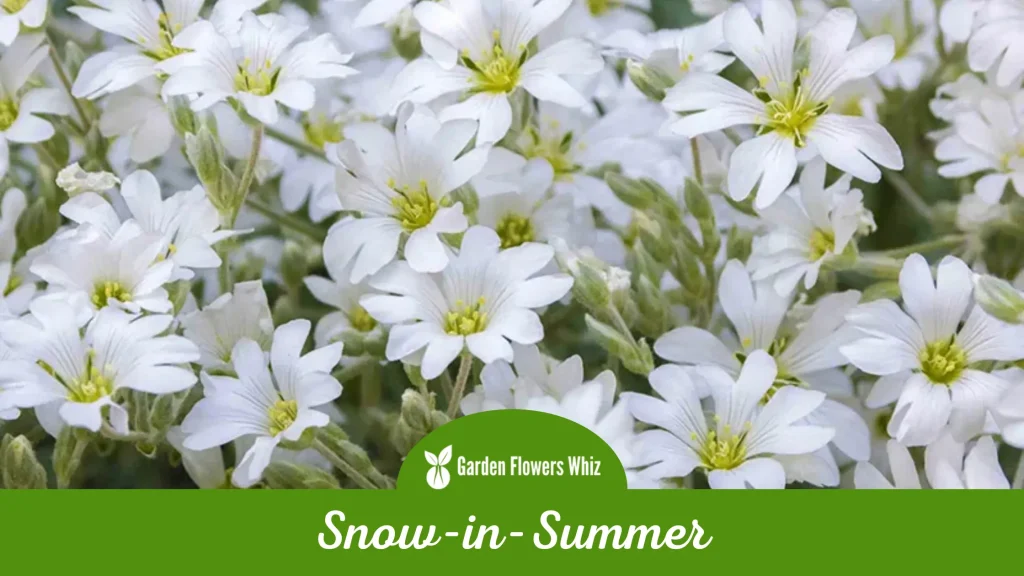
Snow-in-Summer, also known as Cerastium tomentosum, is a lovely perennial flower that is native to Europe and Asia. This plant is highly valued for its soft, silver-green foliage that creates a stunning contrast with its delicate white flowers.
The Snow-in-Summer blooms in late spring or early summer, and its small white flowers create a dense carpet-like effect, making it an excellent choice for ground cover.
The plant grows up to 30 centimeters in height and prefers well-draining soil with full sun exposure. Snow-in-Summer is relatively low maintenance and drought-tolerant, making it an ideal choice for gardeners who are looking for a hardy and attractive plant.
It is also highly attractive to pollinators, making it an excellent addition to any wildlife-friendly garden. Snow-in-Summer is a delightful plant that can brighten up any garden with its unique and beautiful foliage and blooms, making it a popular choice among gardeners worldwide.
24. Smoke Tree
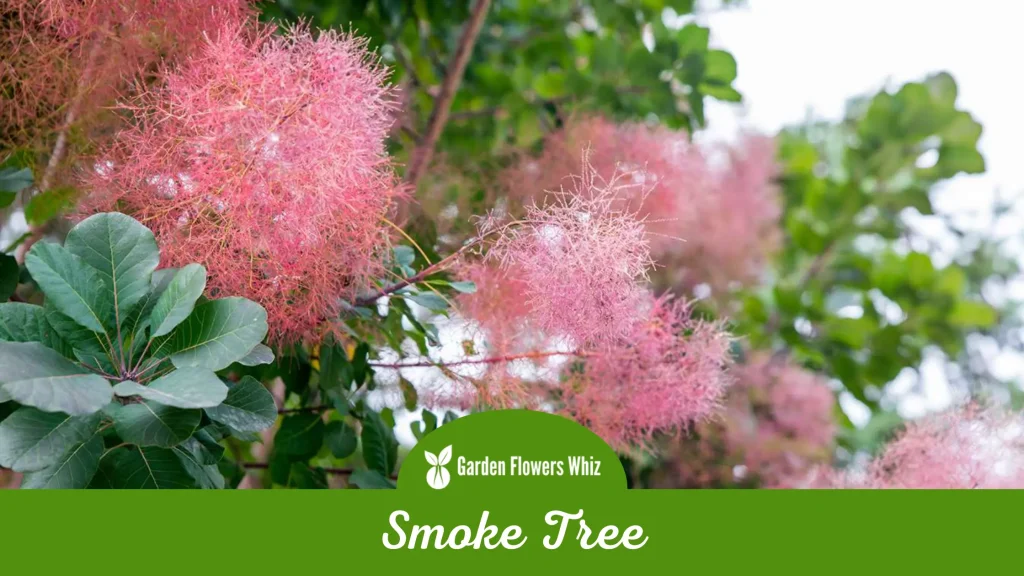
The Smoke Tree, also known as Cotinus coggygria, is a small, deciduous tree or large shrub that is known for its unusual and striking appearance.
It is native to southern Europe and central China and is widely grown in gardens and parks for its attractive foliage and unique flower clusters.
The Smoke Tree gets its name from the cloud of pinkish-gray smoke that appears when the flowers bloom in early summer. The leaves of the Smoke Tree are a beautiful deep shade of purple or blue-green, and they can turn brilliant shades of orange and red in the fall.
The tree thrives in well-draining soil and full sun exposure, and it can grow up to 6 meters tall. Smoke Trees are hardy and low maintenance, making them a popular choice among gardeners who are looking for a striking and unusual plant that can add a touch of drama to their gardens.
25. Silky Wormwood
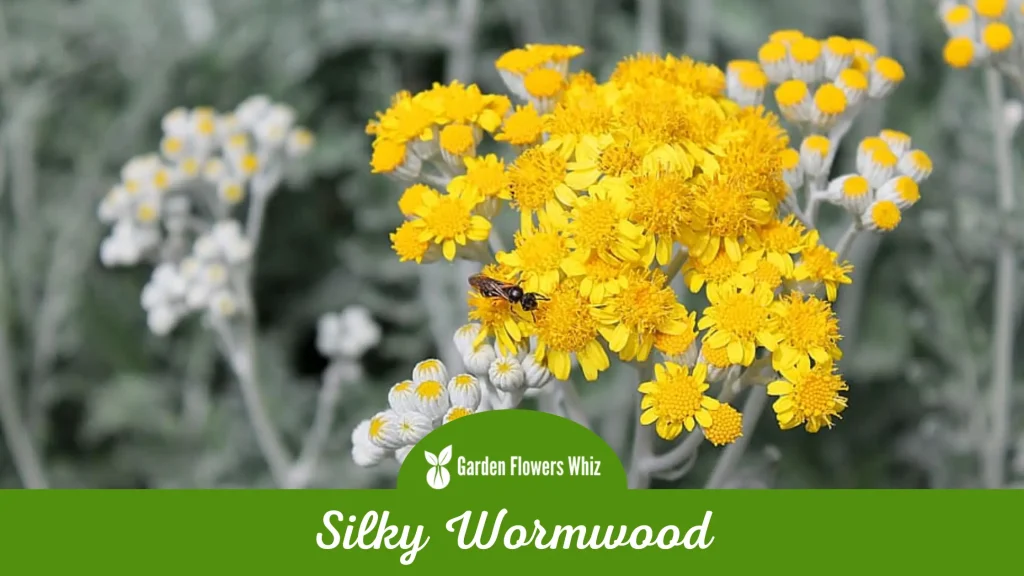
Silky Wormwood, also known as Artemisia annua, is a perennial herb that is native to Asia but is now widely grown around the world. This plant is well known for its medicinal properties, as its leaves contain artemisinin, a compound that has been used for centuries to treat malaria.
The plant grows up to 2 meters tall and has beautiful, silky leaves that are pale green in color. Silky Wormwood blooms in the summer, producing small, yellow flowers that are held in clusters.
Additionally, it is a great addition to a garden due to its unique and attractive foliage, and the clusters of yellow flowers add a cheerful touch to any landscape.
26. Shrub Rose
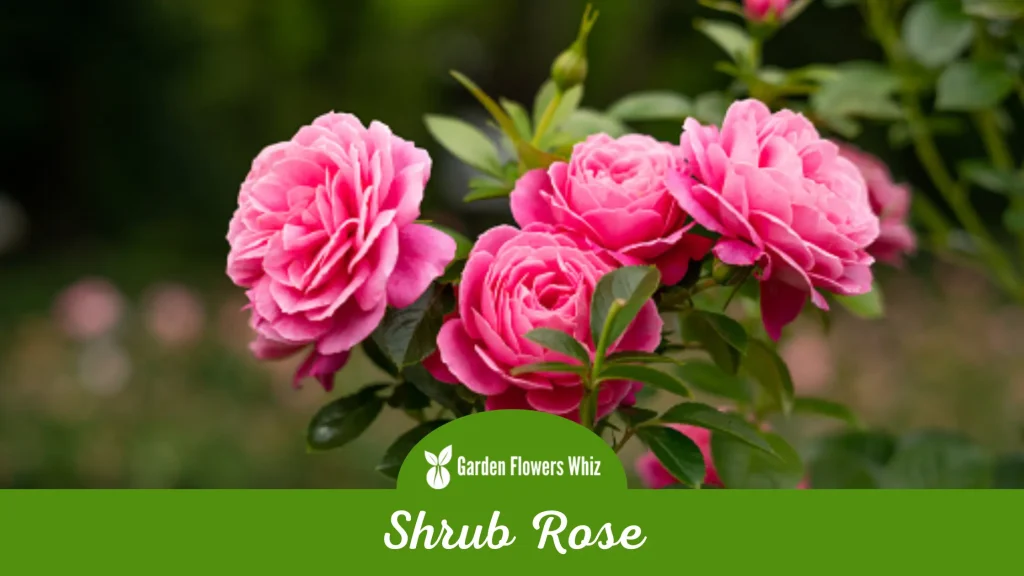
Shrub Roses, also known as Rosa spp., is a group of hardy, deciduous shrubs that are widely grown in gardens around the world. These plants are valued for their beautiful and fragrant blooms, which come in a range of colors, including pink, red, white, and yellow.
Shrub Roses bloom throughout the growing season, from late spring until the first frost, making them an excellent choice for gardeners who want a long-lasting display of color in their garden.
The plants can grow up to 2 meters tall, and they prefer full sun exposure and well-drained soil. Shrub Roses are hardy and relatively easy to care for, making them an excellent choice for both beginner and experienced gardeners.
In addition to their beautiful blooms, Shrub Roses are also prized for their attractive foliage, which can range from dark green to blue-gray.
27. Showy Milkweed
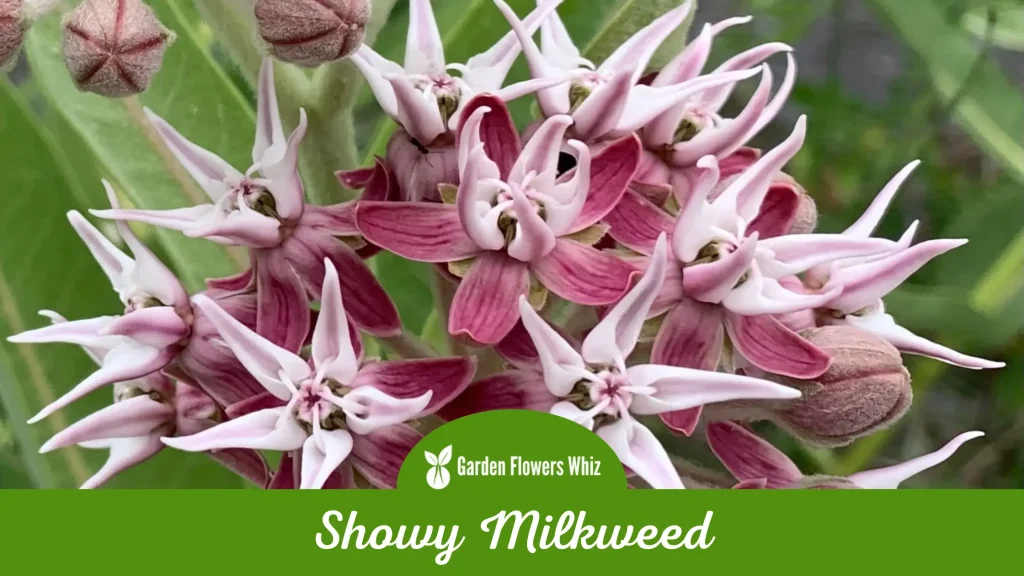
Showy Milkweed, also known as Asclepias speciosa, is a native wildflower of North America and is well known for its striking appearance and ecological value.
This plant grows up to 1.5 meters tall and has large, showy pinkish-purple flowers that bloom in the summer. The flowers are highly attractive to pollinators, especially monarch butterflies, which rely on the milkweed plant for their survival.
Showy Milkweed is also valued for its long, narrow leaves that are an important food source for monarch caterpillars. The plant prefers well-drained soil and full sun exposure, and it is relatively easy to grow and care for.
In addition to its ecological value, Showy Milkweed is also highly valued for its ornamental value, and it is a popular choice for wildflower gardens and meadows.
28. Silene
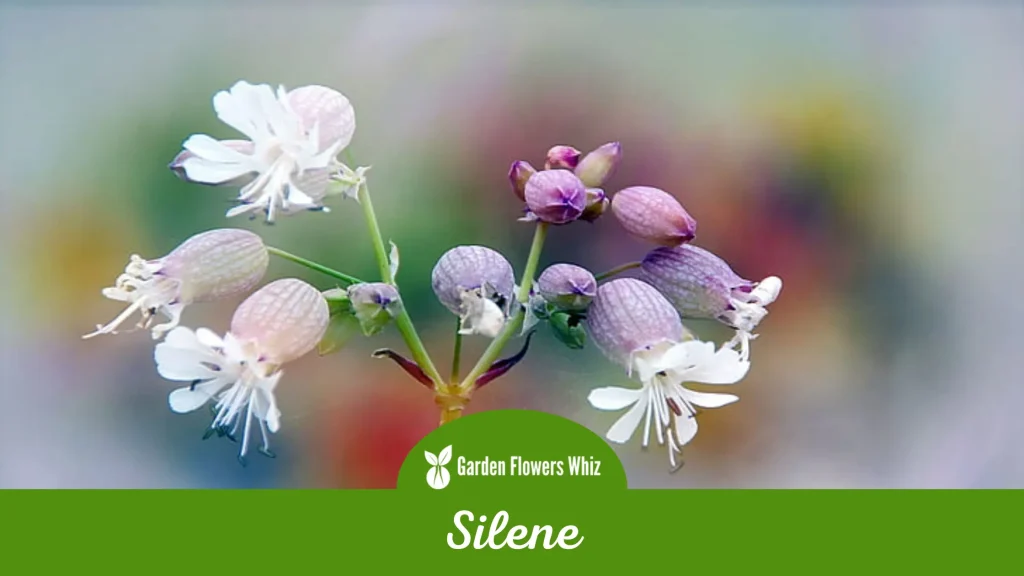
Silene is a genus of flowering plants that includes over 700 species, most of which are native to Europe and Asia. The plants have a diverse range of forms, from low-growing ground covers to tall and elegant perennials.
The most striking feature of Silene is its beautiful, five-petaled flowers, which come in a range of colors, including white, pink, and red. The plants bloom in the summer, and their flowers are highly attractive to pollinators, such as bees and butterflies.
Silene prefers well-draining soil and full sun exposure, and it is relatively easy to grow and care for. Some species of Silene, such as Silene acaulis, are highly valued for their ornamental value, and they are a popular choice for rock gardens and borders.
Silene is also an important food source for wildlife, as many species of birds and mammals feed on its seeds.
29. Shooting Star Flower
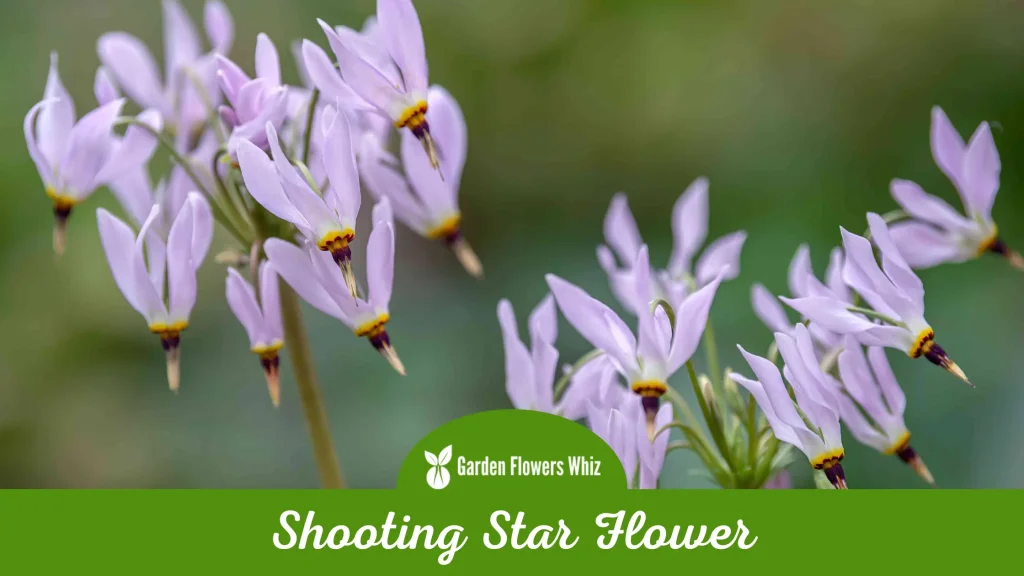
The Shooting Star Flower, also known as Dodecatheon meadia, is a native wildflower of North America and is highly valued for its striking appearance and ecological value.
The plant grows up to 30 cm tall and has unique, nodding flowers that resemble shooting stars, hence its common name. The flowers are pink or magenta in color and have elongated petals that curve back, revealing a cluster of yellow stamens at the center.
The Shooting Star Flower blooms in the spring, and its flowers are highly attractive to pollinators, such as bees and butterflies. The plant prefers moist, well-drained soil and partial shade, and it is relatively easy to grow and care for.
In addition to its ornamental value, the Shooting Star Flower is an important food source for wildlife, as many species of bees and butterflies feed on its nectar.
30. Shasta Daisy
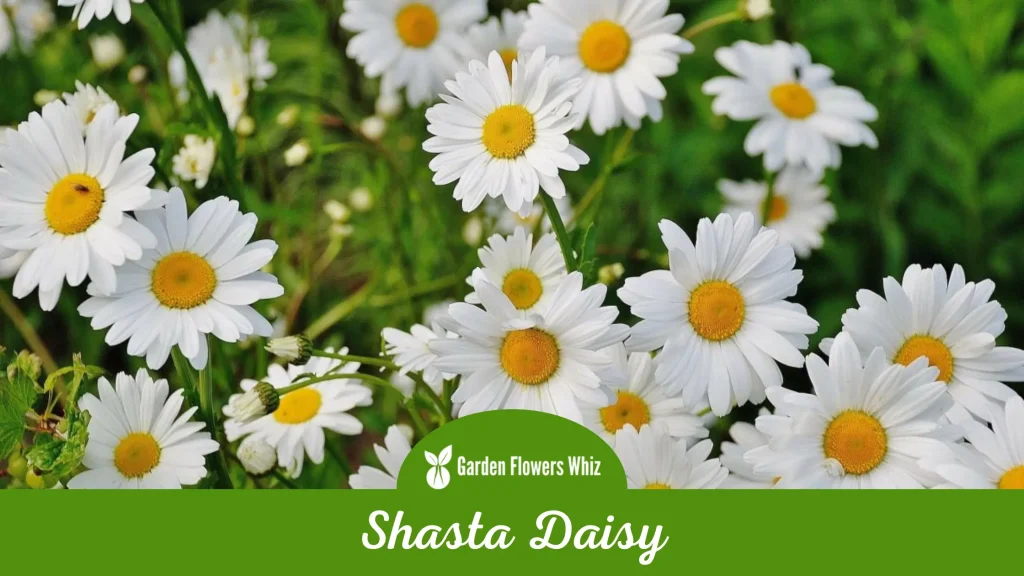
The Shasta Daisy, also known as Leucanthemum x superbum, is a perennial flowering plant that is highly valued for its attractive white, daisy-like blooms.
The plant grows up to 90 cm tall and produces large, white flowers with yellow centers that bloom in the summer. The flowers are highly attractive to pollinators, such as bees and butterflies, making the Shasta Daisy a great choice for a wildlife-friendly garden.
The plant prefers well-draining soil and full sun exposure, and it is relatively easy to grow and care for. In addition to its ornamental value, the Shasta Daisy is also valued for its cut flowers, which are long-lasting and make a great addition to bouquets and floral arrangements.
31. Sedum
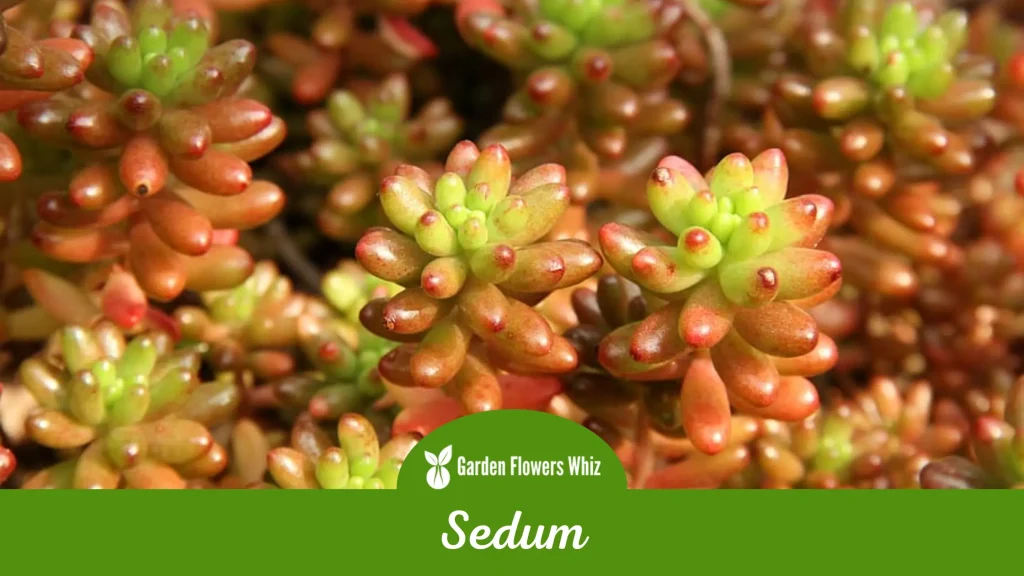
Sedum is a genus of flowering plants that includes over 400 species, most of which are native to North America and Eurasia. These plants are highly valued for their easy-care nature, drought tolerance, and attractive appearance.
Sedum plants come in a wide range of sizes and forms, from low-growing ground covers to tall, bushy plants. The plants have fleshy, succulent leaves that help them store water, making them ideal for hot, dry climates.
Sedum flowers are typically star-shaped and come in a range of colors, including pink, red, yellow, and white. The plants bloom in the summer and are highly attractive to pollinators, such as bees and butterflies.
Sedum plants prefer well-draining soil and full sun exposure, and they are relatively easy to grow and care for.
32. Sea Thrift

Sea Thrift, also known as Armeria maritima, is a hardy, low-growing perennial that is native to coastal areas of Europe and North America.
The plant produces clusters of small, pink, or white flowers on long, thin stems that rise above tufts of grass-like foliage. Sea Thrift blooms in the summer, and its flowers are highly attractive to pollinators, such as bees and butterflies.
The plant is drought-tolerant and can thrive in a variety of soil types, although it prefers well-draining soil. It is also salt-tolerant, making it an ideal choice for coastal gardens.
Sea Thrift is a great choice for rock gardens, borders, and containers, and it adds a cheerful and colorful touch to any landscape.
33. Sea Holly
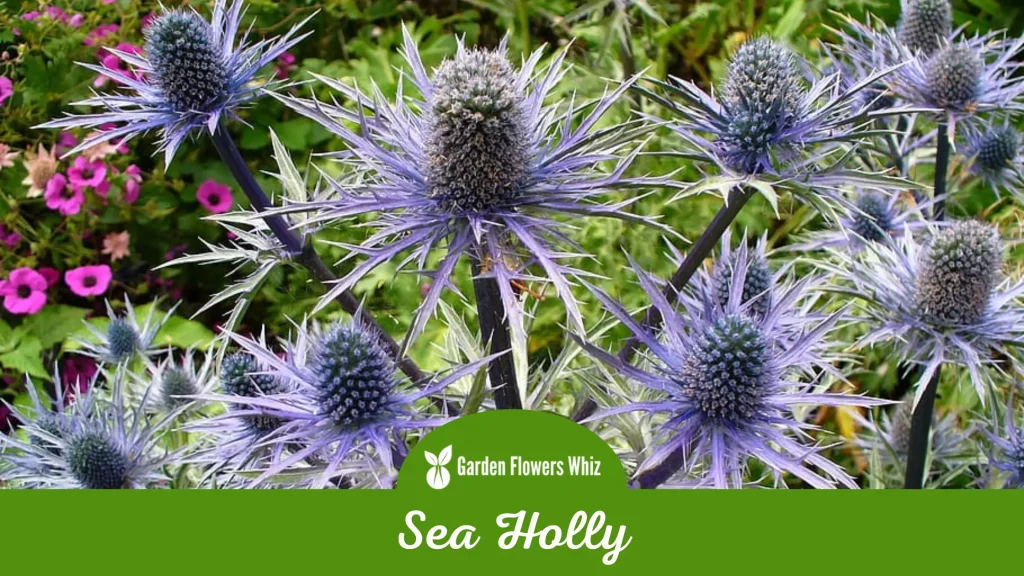
Sea Holly, also known as Eryngium, is a unique and striking perennial plant that is native to coastal areas of Europe, Asia, and the Americas. The plant produces spiky, cone-shaped flower heads in shades of blue, purple, or white, which sit atop silvery-blue, thistle-like foliage.
The flowers bloom in the summer and are highly attractive to pollinators, such as bees and butterflies. Sea Holly is drought-tolerant and can thrive in a range of soil types, from sandy to clay, although it prefers well-draining soil.
It is also salt-tolerant, making it an ideal choice for coastal gardens. Sea Holly is a great choice for borders and containers, and it adds a unique and striking touch to any landscape.
34. Scilla

Scilla is a genus of bulbous plants that are native to Europe, Asia, and Africa. The plants are highly valued for their attractive, bell-shaped flowers, which come in shades of blue, pink, and white and bloom in the spring.
Scilla flowers grow on tall, slender stems and are highly attractive to pollinators, such as bees and butterflies. Scilla plants prefer well-draining soil and partial to full sun exposure, and they are relatively easy to grow and care for.
35. Scented Geranium
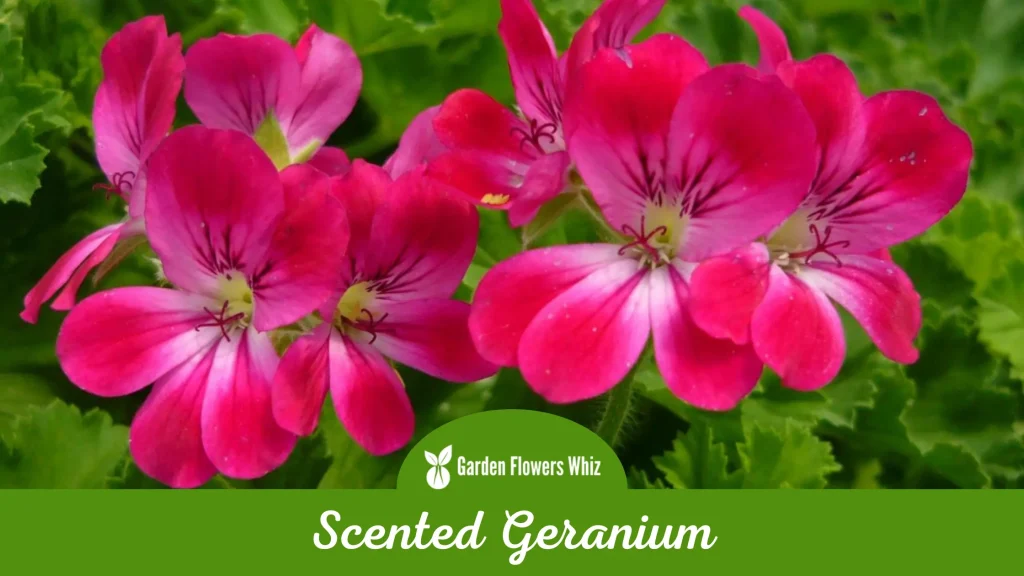
Scented Geranium, also known as Pelargonium, is a popular and versatile plant that is valued for its attractive foliage and fragrant oils. The plant produces small, delicate flowers in shades of pink, red, or white, which bloom in the spring and summer.
However, it is the leaves of the plant that are most prized, as they produce a range of aromatic oils that can be used in cooking, perfumery, and aromatherapy.
The leaves of scented geranium come in a variety of shapes, textures, and scents, including rose, lemon, peppermint, and lavender. Scented Geranium is a relatively easy plant to grow and care for, and it can thrive in a range of soil types and light conditions.
36. Scarlet Buckeye
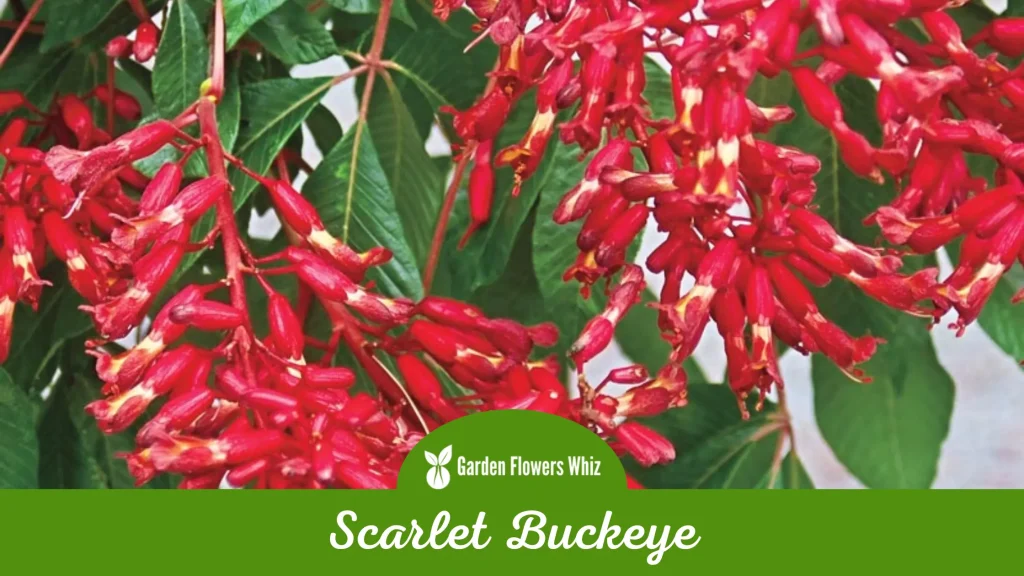
Scarlet Buckeye, also known as Aesculus pavia, is a small, deciduous tree or large shrub that is native to the southeastern United States.
The plant produces clusters of showy, bright red flowers in the spring, which are highly attractive to hummingbirds and butterflies. The flowers give way to dark brown, nut-like fruits that are enclosed in spiny husks.
Scarlet Buckeye has attractive, palmate foliage that turns a bright yellow in the fall, adding a burst of color to the landscape. The plant prefers well-draining, moist soil and partial to full sun exposure, and it is relatively easy to grow and care for.
37. Scaevola
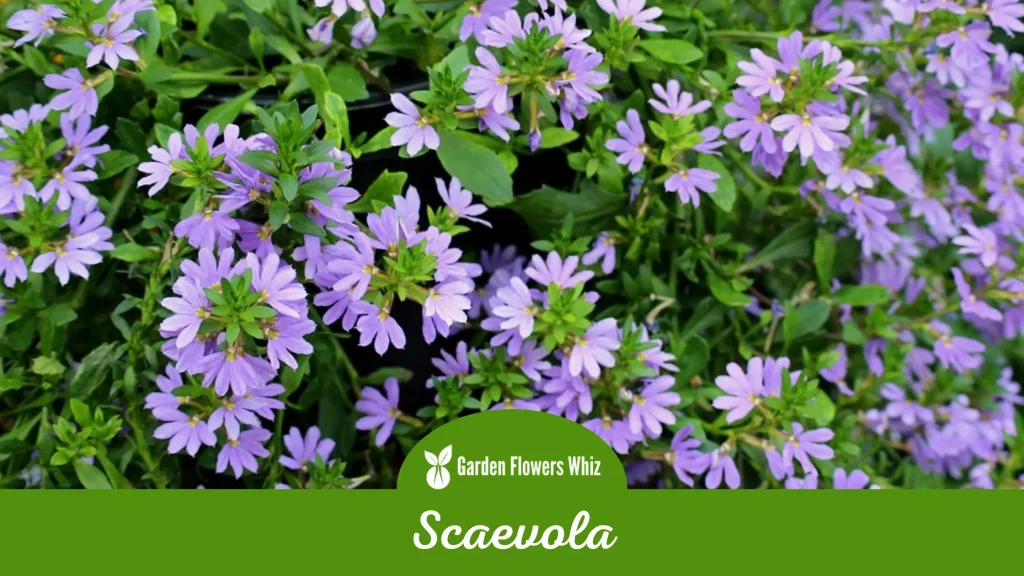
Scaevola, also known as the fan flower, is a genus of herbaceous plants that is native to Australia and the Pacific islands. The plants are highly valued for their attractive, fan-shaped flowers, which come in shades of blue, pink, purple, and white and bloom in the summer and fall.
Scaevola flowers grow on low, spreading, evergreen foliage, and are highly attractive to bees, butterflies, and other pollinators. Scaevola is a low-maintenance plant that can thrive in a range of soil types, from sandy to clay, and it prefers full sun exposure.
Scaevola is also a great choice for coastal gardens, as it is tolerant of salt spray and wind.
38. Scabiosa
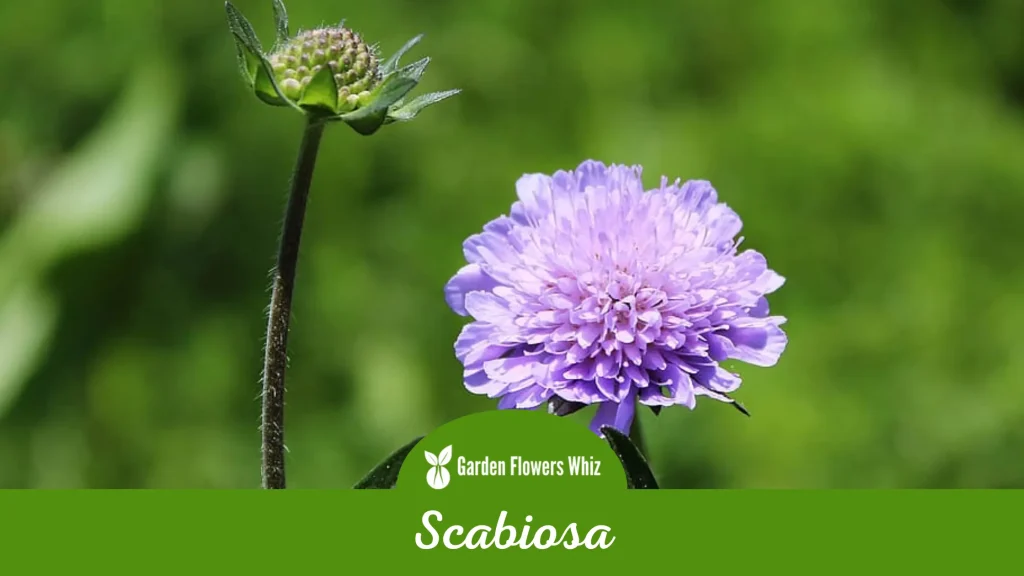
Scabiosa, also known as the pincushion flower, is a genus of perennial herbaceous plants that are native to Europe, Asia, and Africa. The plant is highly valued for its attractive, pin-like flower heads, which come in shades of blue, pink, white, and purple and bloom in the summer and fall.
The flowers are highly attractive to butterflies and bees, and the plant has a long blooming period, making it a valuable addition to any garden.
Scabiosa prefers well-drained soil and full sun exposure, and it is a low-maintenance plant that is relatively easy to grow and care for. Scabiosa is also a popular choice for cut flowers, and the plant has a long vase life.
39. Saponaria
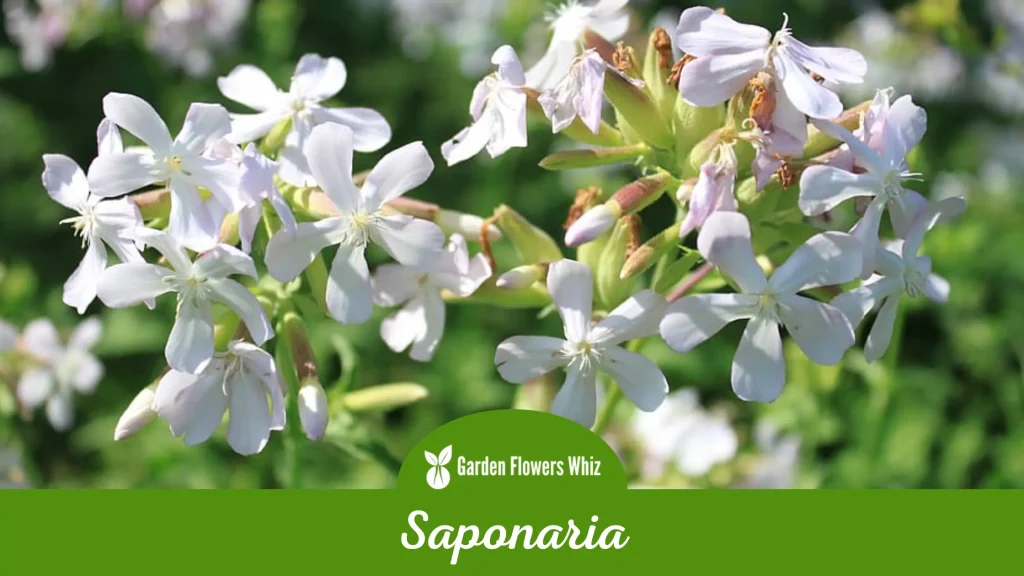
Saponaria, also known as soapwort, is a genus of perennial herbaceous plants that are native to Europe and Asia. The plant is highly valued for its attractive, star-shaped flowers, which come in shades of pink, red, and white and bloom in the summer.
The flowers are highly attractive to bees and other pollinators, and the plant has a long blooming period, making it a valuable addition to any garden.
Saponaria prefers well-drained soil and full sun exposure, and it is a low-maintenance plant that is relatively easy to grow and care for.
40. Scarlet Strawberry
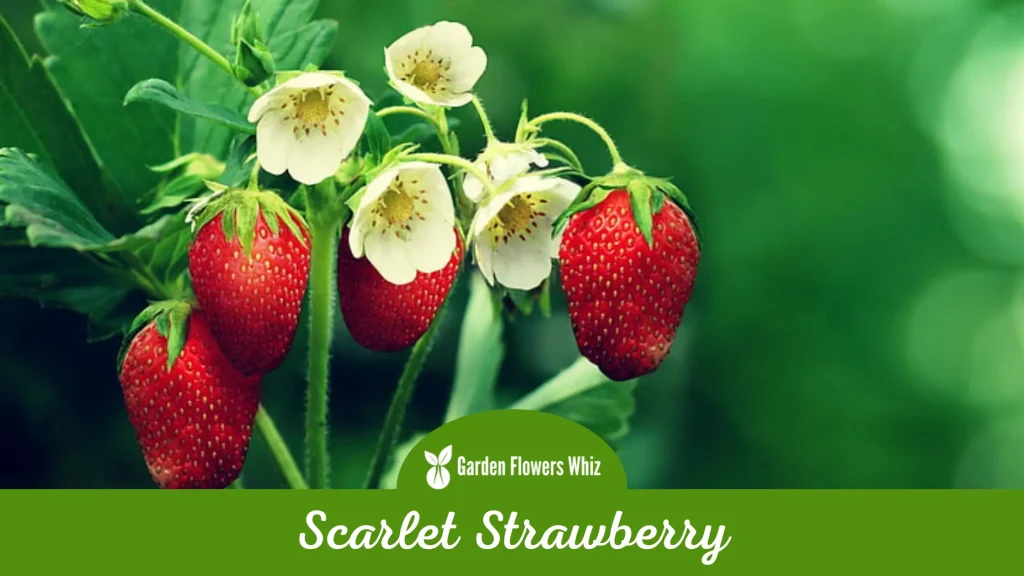
The Scarlet Strawberry, also known as the Alpine Strawberry or Wild Strawberry, is a small, herbaceous, perennial plant that produces tiny, delicate red strawberries.
The plant is native to Europe but has become naturalized in many parts of the world, including North America. The flowers are white, five-petaled, and bloom in the spring and summer.
The fruit is highly attractive to birds and other wildlife, and it is also a popular choice for gardeners and home cooks who appreciate its sweet, delicate flavor. The plant prefers well-drained soil and full sun exposure, and it is relatively easy to grow and care for.
41. Scarlet Hedgehog Cactus
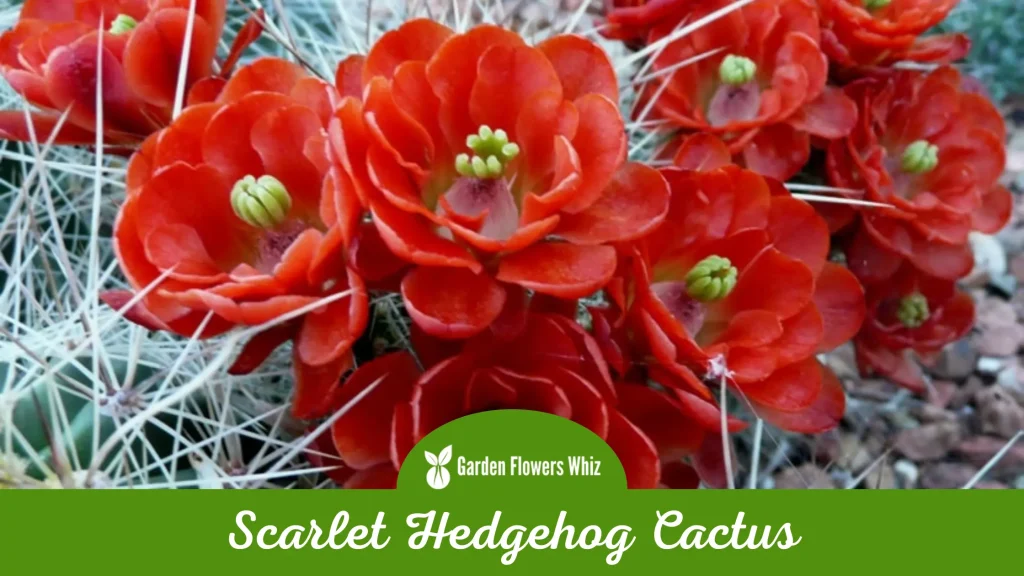
The Scarlet Hedgehog Cactus, also known as Echinocereus coccineus, is a small cactus species native to the southwestern United States and northern Mexico.
The plant is highly valued for its showy, bright red flowers that bloom in late spring and early summer. The flowers are relatively large compared to the size of the plant and can reach up to three inches in diameter.
The cactus itself is small, growing up to 10 inches in height and 6 inches in diameter. It has a cylindrical, dark green stem covered in dense spines that give it a distinctive hedgehog-like appearance.
It is also a popular choice for container gardens and indoor plant collections. The plant’s striking red flowers make it a highly prized addition to any garden, and it is often used as a focal point or accent plant.
42. Sand Phlox

Sand Phlox, also known as Phlox bifida, is a small, herbaceous perennial plant that is native to the central and eastern regions of the United States.
The plant produces clusters of small, delicate, lavender or pink flowers that bloom in the spring and early summer. The flowers have a distinctive fragrance and are highly attractive to butterflies and other pollinators. Sand Phlox prefers well-drained soil and full sun exposure and is relatively easy to grow and care for.
43. Sand Dollar Cactus

The Sand Dollar Cactus, also known as Astrophytum asterias, is a small, slow-growing cactus native to the deserts of northern Mexico and southern Texas.
The plant is highly valued for its distinctive appearance, which includes a round, flattened stem covered in intricate patterns of white lines that resemble the markings on a sand dollar.
The Sand Dollar Cactus produces large, bright yellow flowers in the spring and summer that can measure up to 3 inches in diameter.
The Sand Dollar Cactus is also highly prized by collectors for its unique appearance and is often used in bonsai and other artistic displays.
44. Salvia Splendens
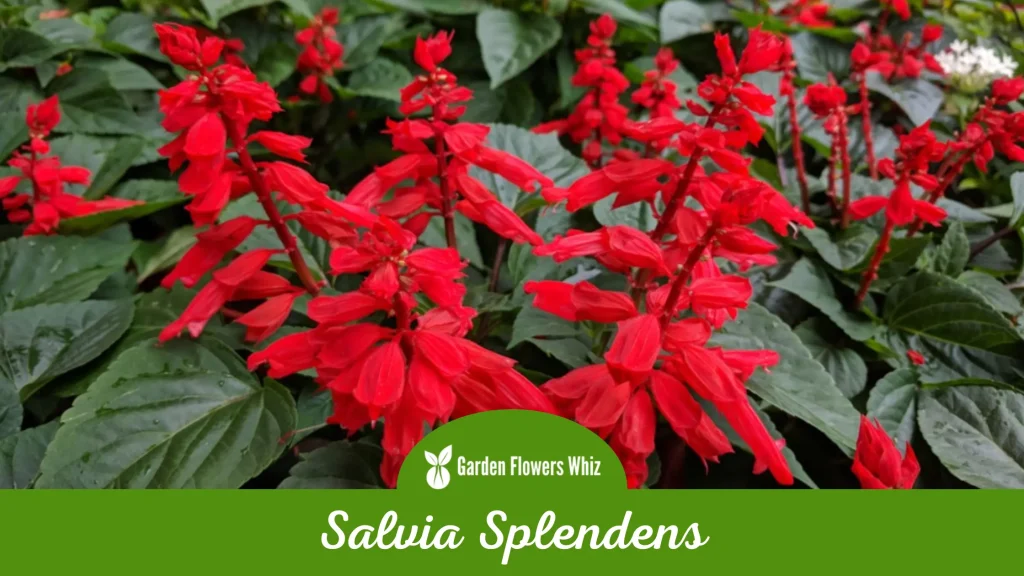
Salvia splendens, commonly known as scarlet sage, is a beautiful flowering plant that is native to Brazil. The plant is a member of the mint family and produces stunning, bright red flowers that are highly attractive to hummingbirds, bees, and butterflies.
Salvia splendens can grow up to 3 feet tall and 2 feet wide and is relatively easy to grow and care for. The plant prefers full sun and well-drained soil and is drought-tolerant, making it an excellent choice for xeriscaping and other low-maintenance landscapes.
Salvia splendens is also commonly used in ornamental gardens, borders, and containers and adds a splash of vibrant color to any landscape.
45. Saffron
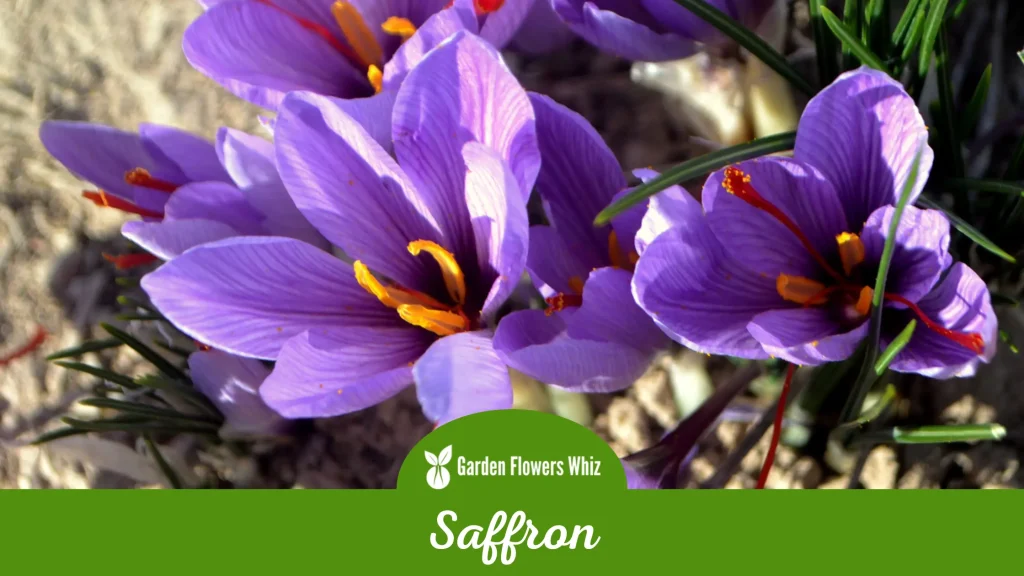
Saffron, known scientifically as Crocus sativus, is a highly prized spice derived from the flower of a plant in the iris family. The plant is native to Greece and southwest Asia and has been cultivated for over 3,000 years for its distinct flavor, aroma, and bright golden color.
Saffron threads are derived from the stigmas of the crocus flower and are highly valued for their medicinal and culinary properties.
Due to the high demand and labor-intensive harvesting process, saffron is one of the most expensive spices in the world, making it a highly sought-after commodity.
In Summary
As we come to the end of our journey through the world of flowers that start with S, it’s clear that these blooms have a lot to offer us.
From their incredible diversity to their rich histories and symbolic meanings, flowers that start with S are a powerful reminder of the beauty and complexity of the natural world.
So whether you are a seasoned gardener, an avid flower enthusiast, or simply someone who appreciates the natural world, let these flowers that start with S be a source of inspiration, joy, and wonder in your life.

Stacey Hernandez is a seasoned botanist with over 16 years of experience in the field. Her passion for plants and their intricate workings began at a young age, and she has since devoted her life to studying and understanding them.
Stacey’s expertise extends to a wide range of plant species, from delicate flowers to towering trees. As the founder of Garden Flowers Whiz, Stacey has created a platform for plant enthusiasts to seek guidance and advice.
Her website is a go-to resource for those seeking answers to their gardening dilemmas, whether it’s how to care for a particular plant or which species to choose for a specific climate.
